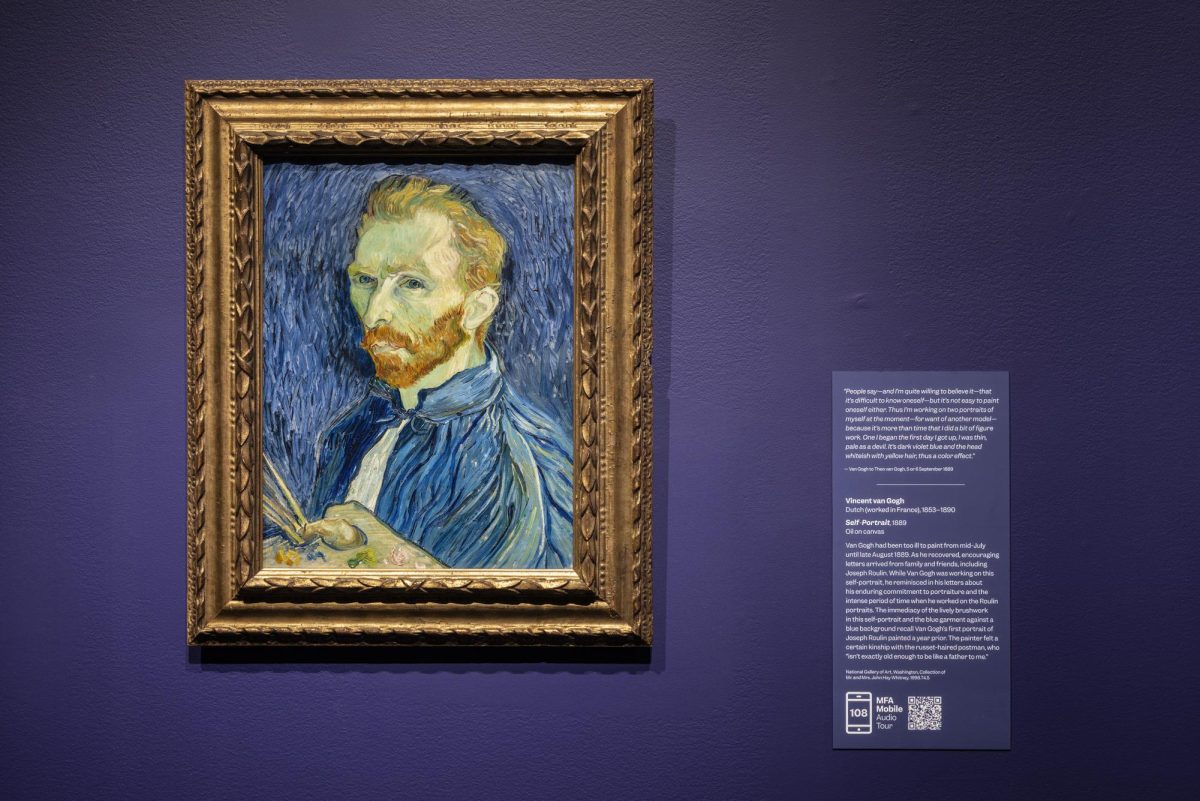By Vy Thai, A&E columnist
To change the world is a big goal, but constructing social awareness by inspiring people is an important first step. As much as I enjoy reading and watching fiction to explore intriguing new ideas through precise and vivid story lines, I see the essence of documentaries in terms of their power to advocate for social change through cause-driven subject matter and inspiring storytelling.
The facts of an issue might have already been there, but most often go unacknowledged. The power of documentary storytelling comes from its ability to encourage us to confront the most difficult and frightening aspects of life by contextualizing such facts.
More than 10 years ago, Al Gore’s “An Inconvenient Truth” stirred a global uproar of conversation about climate change and prompted a new era of environmental thinking and evolution. Yet, the perils of climate change were not new. Since the first Earth Day in 1970, scientists have predicted that the second generation of environmental issues beyond chemical pollution and nuclear power would soon come. Climate change was one such prediction, but, like the others, was considered a conspiracy.
“An Inconvenient Truth” was a successful case of many attempts to address the issue of climate change, thanks to its depiction of the urgent need to reduce carbon dioxide emissions as a “moral imperative” for everyone. This empowered its audience to leave the theatre asking a lot of questions about the environment, such as “What can we do next?” The film did not directly predict the future changes in the environment but instead set a trend for a more mainstream movement by giving people a deep sense of responsibility and connection to the problems.
While fiction encourages interpretations of its various uncultivated themes in order to grasp the meaning it wants to communicate, nonfiction has the power to shift the focus to tangible social issues and convey messages without any realistic disputes over their facts.
Documentary film, interestingly, is an overarching medium of the values of both fiction and nonfiction. Like any dramatic film, documentaries are composed of basic elements of storytelling: It’s usually subject and character-driven and follows a structure of a beginning, middle and end, all of which are to keep the viewers engaged throughout its runtime. What documentary filmmakers can’t do is invent the characters and plot, which are the fundamental elements that dramatic filmmakers use to create the emotional turnover for the piece.
Here, documentaries take the lead with the raw materials that can generate real emotional responses for direct changes, while at the same time holding credibility for unconventional storytelling methods.
In “The Act of Killing,” director Joshua Oppenheimer told the story of the 1965 Indonesian genocide by making the perpetrators re-enact their own acts of killing. The unspoken horrors of the tragedy were showed not through the lens of the survivors, but right of the people who harmed their families and themselves. When allowing perpetrators to make fictional scenes about the killings, it’s not as a trick to expose their past crime, but a way for them to show what it means for them and the society.
This is an image persuasive enough to empower the perpetrators and the audience to reflect on both the moral disasters of killings and historical lies. When the film successfully persuaded the Indonesian government to admit the genocide was a crime against humanity, the international community started to acknowledge its collective role in indirectly supporting and censoring the catastrophe that happened 50 years ago.
Not all documentaries are created with an aim to force direct social change. Like all films, documentaries are a way for filmmakers to document and invite viewers along their journey and, as a result, provoke dialogue and inspire them to take action.
As American film director Stanley Kubrick once said, “A film is – or should be – more like music than like fiction. It should be a progression of moods and feelings.”















